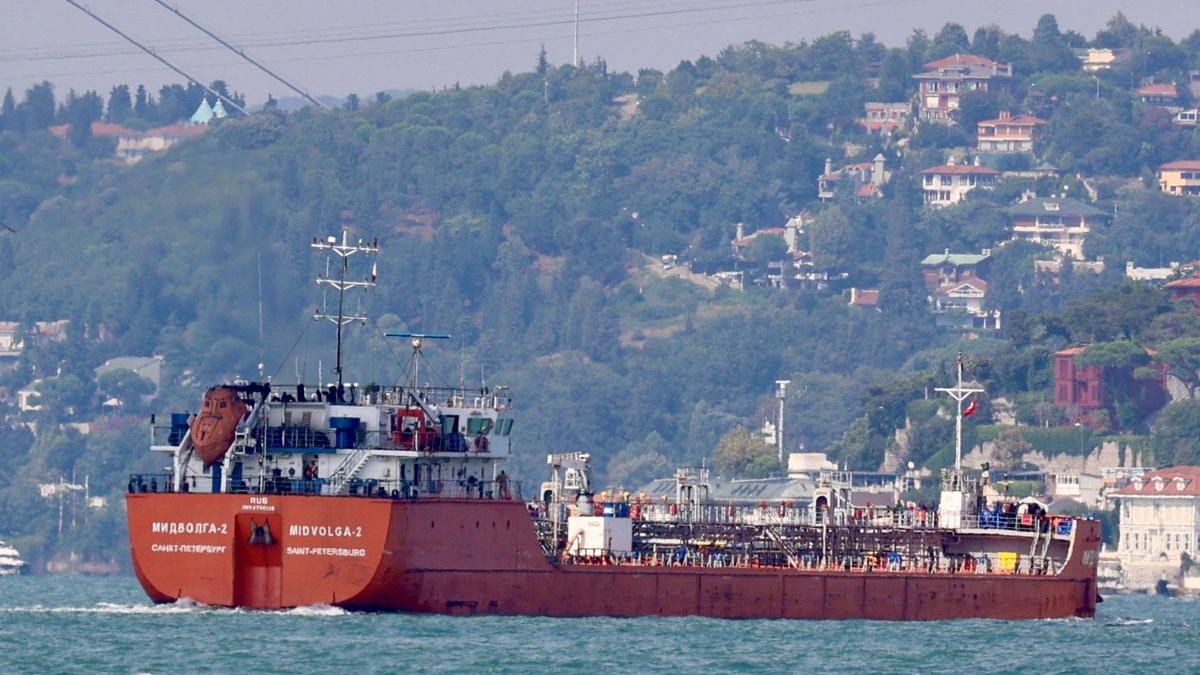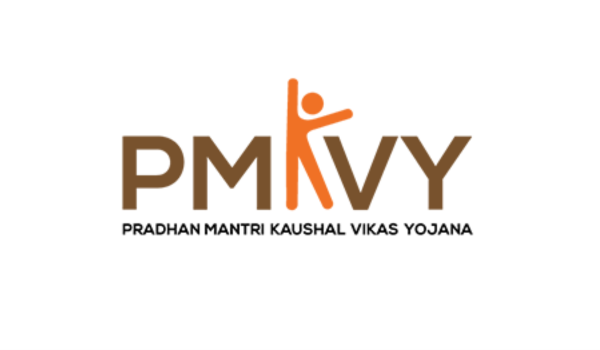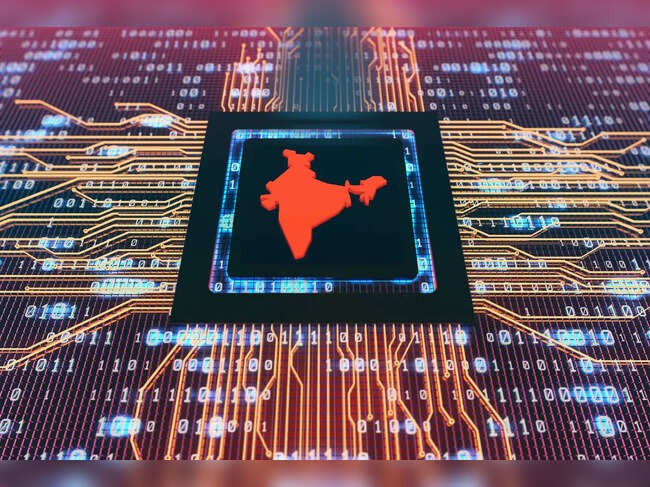



India's transport infrastructure transformed from 2014-2025 with PM GatiShakti, Bharatmala, and Sagarmala. National Highways grew 60%, rail electrification hit 98%, and port capacity doubled. UDAN operationalized 88 airports, while rural roads reached 99% coverage, boosting connectivity, economic growth, and sustainability for Viksit Bharat by 2047.

Copyright infringement not intended
Picture Courtesy: PIB
Over the past decade, India has transformed its transport infrastructure to become a developed nation ('Viksit Bharat') by 2047.
PM GatiShakti National Master Plan (2021)
It brings 16 central ministries and state governments together for integrated planning of infrastructure projects.
It uses a dynamic GIS platform with over 1600 data layers (e.g., forests, habitations, existing infrastructure) to enable data-driven project design. This "digital twin" of India's infrastructure helps in optimizing routes, minimizing ecological impact, and avoiding redundant work like repeatedly digging up newly constructed roads.
It has institutionalized holistic planning, breaking down silos and accelerating approvals for projects worth over ₹15 lakh crore. Major infrastructure schemes like Bharatmala and Sagarmala are now integrated into this master plan.
National Logistics Policy (NLP) (2022)
It complements GatiShakti by focusing on streamlining the entire logistics ecosystem.
The goals are to reduce logistics costs from the current 13-14% of GDP to a global benchmark of under 10% and to improve India's ranking in the World Bank’s Logistics Performance Index (LPI) to among the top 25 by 2030.
India's LPI rank has already seen a jump from 54th in 2014 to 38th in 2023 out of 139 countries.
Roads and Highways
Network Expansion => The National Highway (NH) network has expanded by 60%, from 91,287 km in 2014 to over 1,46,145 km.
Bharatmala Pariyojana => It aims to optimize freight and passenger movement across the country.
Rural Connectivity (PMGSY) => The Pradhan Mantri Gram Sadak Yojana has been pivotal for last-mile connectivity.
Railways
Modernization
Infrastructure & Safety
Civil Aviation
Ports, Shipping, and Waterways
Sagarmala Programme: This port-led development initiative aims to reduce logistics costs by leveraging coastal and inland waterways.
The development of green hydrogen hubs at major ports and the operationalization of the Chabahar Port in Iran highlights India's focus on green energy and strategic sea lanes.
Economic: The integrated infrastructure push is directly aimed at boosting manufacturing and exports by making logistics cheaper and more efficient. It is a foundation of the 'Make in India' and 'Aatmanirbhar Bharat' missions.
Strategic: Projects like the Frontier Highway in Arunachal Pradesh, the Z-Morh tunnel in J&K, and enhanced connectivity with neighbours like Bangladesh ('Maitri Setu') and Iran (Chabahar) have strategic and security implications.
Social & Regional Inclusion: Initiatives like PMGSY and UDAN are mainstreaming remote and underdeveloped regions, including the Northeast and tribal areas, by providing them with access to markets, education, and healthcare.
Environmental: While large-scale construction poses ecological challenges, there is a visible focus on sustainability through railway electrification, green hydrogen hubs, and the use of recycled materials in road construction.
Execution Delays: Land acquisition, environmental clearances, and contractual disputes continue to delay projects like Bharatmala.
Financial Viability: The long-term financial sustainability of projects, especially in sectors like aviation (UDAN), remains a concern.
Quality and Maintenance: Ensuring the quality of construction and establishing a robust regime for the long-term maintenance of these vast assets is critical.
Inter-Agency Coordination: While GatiShakti provides the platform, ensuring seamless on-ground coordination between central, state, and local agencies remains a continuous task.
Deepening the implementation of the PM GatiShakti platform to the district level.
Innovating financing models, including attracting more private investment through robust PPP frameworks.
Focusing on an 'Asset Maintenance' mission to ensure the longevity of the infrastructure created.
Balancing development with environmental sustainability by mainstreaming green technologies and rigorous environmental impact assessments.
Must Read Articles:
SAMUDRAYAAN PROJECT FOR DEEP OCEAN MISSION
Source:
|
PRACTICE QUESTION Q. "Infrastructure development must balance economic growth with environmental sustainability." Critically analyze. 250 words |









© 2026 iasgyan. All right reserved